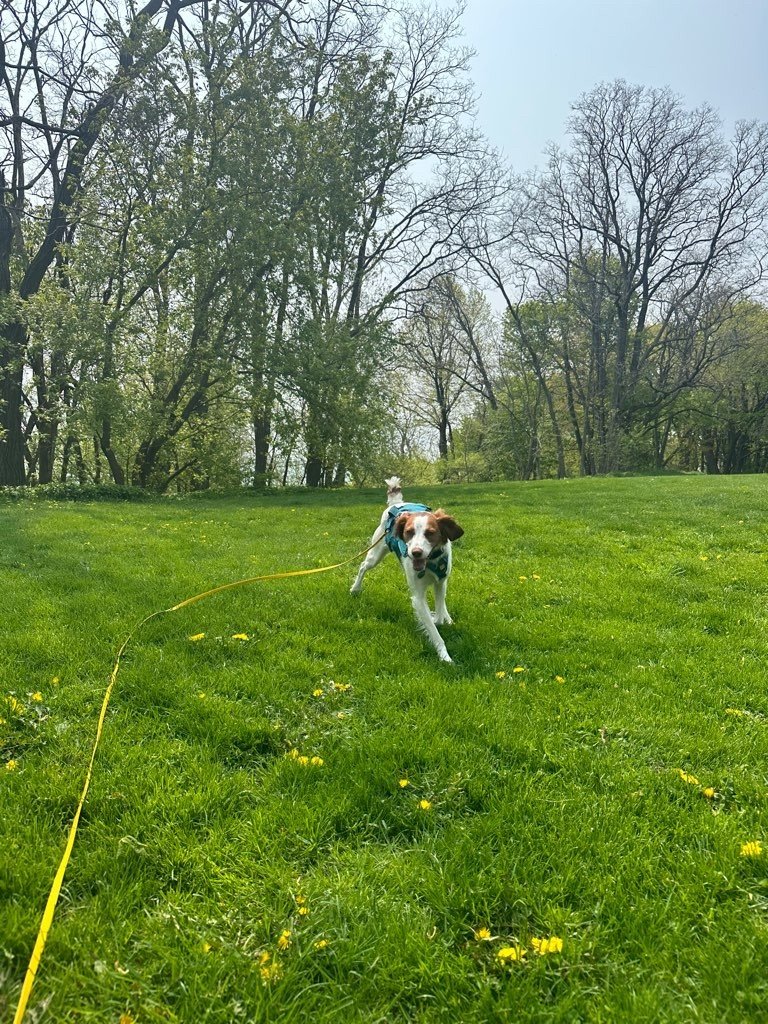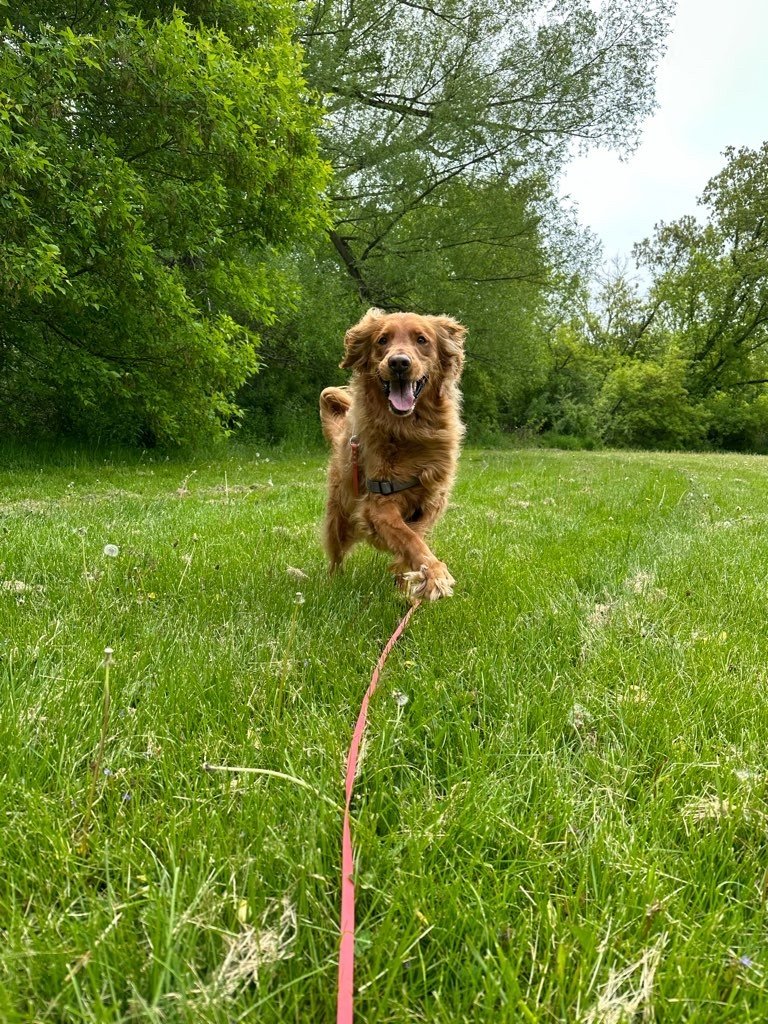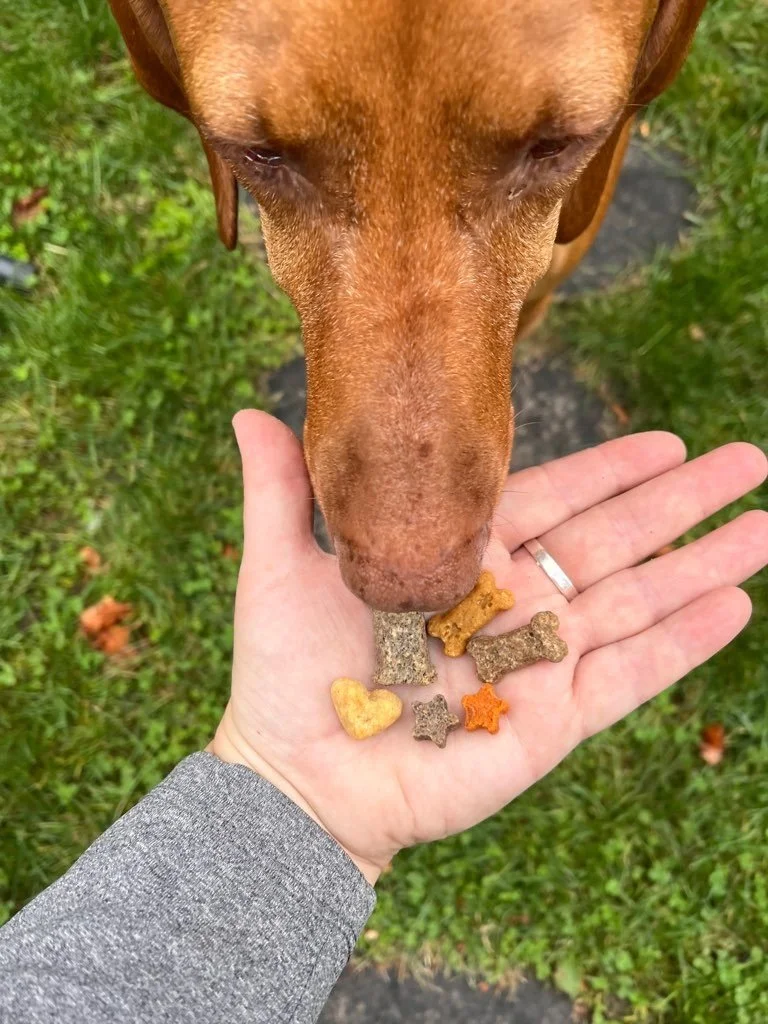Walking your dog is not just about physical exercise; it's an opportunity for them to explore the world and strengthen the bond between you. But what if you could give your dog even more space to roam while maintaining control and ensuring their safety? That's where long lines come into play. Long lines are an invaluable tool for dog owners who want to strike a balance between granting their dogs the freedom to explore and maintaining control during walks.
A long line is a leash that is longer than the typical walking leash. It is designed to give dogs more freedom to explore and roam while still being under control of the handler. Long lines are typically longer than 6 feet and can range from 15 to 30 feet or even longer. They are made of durable materials such as nylon, biothane, or leather and can be attached to the dog's collar or, preferably, a dog harness to provide better control and prevent strain on the neck. Long lines are commonly used for activities like recall training, practicing obedience commands, or allowing dogs to explore in a controlled manner.
From setting boundaries to communication strategies, read on to learn how you can make handling an impossibly long line more manageable and enjoyable.
Assess the Environment:
Before starting the walk, evaluate the surroundings and determine the appropriate length for the long line. Consider the space available, potential obstacles, and the level of foot traffic. In open areas with minimal distractions, you can allow more length for the dog to explore. In crowded areas or near potential hazards, it's better to keep the line shorter for better control.
Gradually Increase Length:
If you’re new to using long lines or if you're introducing a long line to a dog for the first time, start with a shorter length and gradually increase it over time. This allows you and the dog to adjust and become familiar with the longer leash without feeling overwhelmed or prone to getting tangled.
Monitor the Dog's Behavior:
Observe the dog's behavior and responsiveness to cues while using the long line. If the dog shows signs of pulling, lunging, or becoming overly excited, consider shortening the line temporarily to regain control. Conversely, if the dog is calm, responsive, and walking politely, you can offer more slack on the line.
Utilize Cues and Training:
Reinforce basic cues like "come," "stay," and "leave it" to maintain control over the dog's movements. Practice recall exercises regularly to ensure the dog responds promptly when called. By incorporating these skills into your long line walks, you can manage the dog's distance and prevent them from reaching potential hazards or unwanted interactions.
Use the Long Line as a Training Tool:
A long line can serve as a training aid to work on obedience and impulse control. For instance, you can practice "stay" or "wait" commands by gradually increasing the length of the line while the dog remains in position. This allows you to stay safe and maintain control while teaching the dog self-control and boundaries.
Employ Line Management Techniques:
To manage the length of the long line during the walk, try these techniques:
Looping Technique: If the long line becomes too long and poses a risk of tangling, gather the excess line and form a small loop by holding it in your non-dominant hand. This loop allows you to control the length and keeps the line neatly organized and avoids any entanglements that may hinder the dog's movements or your own mobility during the walk.
Finger Grip Technique: Instead of wrapping the line around your hand or wrist, hold the line between your thumb and forefinger and firmly pinch the leash. This technique allows you to release the line quickly if necessary and prevents injuries caused by the line being wrapped tightly around your hand.
Sliding Technique: When the dog moves farther away from you, allow the line to slide through your hand to give them more freedom. Maintain control by gently pulling the line back when needed. This technique allows you to adjust the length of the line smoothly while maintaining control.
Remember, managing the length of a long line requires attentiveness and adaptability. Pay close attention to the dog's behavior, the environment, and use training techniques to ensure a safe and enjoyable walk for both you and the dog.







Discover the benefits and practical applications of choice-based dog training methods, also known as positive reinforcement or force-free training. Join us in exploring how giving your furry friend choices during training can lead to stronger skills and a more fulfilling and harmonious relationship for both you and your pup.